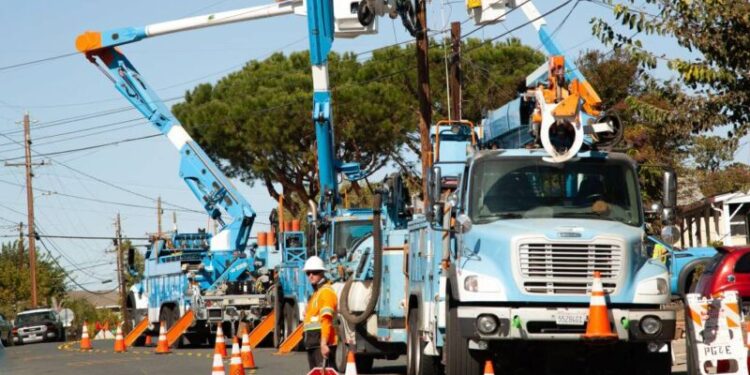The company spent more than double what they were supposed to on efforts to reduce wildfire risk, Toney said, and customers are bearing the brunt of that. TURN and other consumer representatives argue investor-owned utilities are incentivized to overspend on capital projects, like hardening the grid against wildfires, because that type of investment brings in returns for shareholders. Instead of protecting power lines by insulating them, which is cheaper and faster, a utility may instead underground those wires, a more expensive and more time-consuming option.
“We do not believe there is any need for any rate increases at this point,” said Roger Lin, senior attorney at the Center for Biological Diversity’s Energy Justice program.
Toney cautioned customers that while the numbers in PG&E’s rate case may look moderate, the company has other avenues to ask for cost increases outside of its general rate case, including for wildfire liabilities, storm damage, or grid emergencies.
“So on one hand, they’re saying, ‘We’re being very frugal and we’re going to have a general rate case with only a small request.’ But that has not stopped PG&E from asking for multiple rate increases in all the other areas,” Toney said.
High electricity bills are a tremendous burden for low-income earners in the state, forcing some to decide between cooling their homes during heat waves or paying for other expenses. Energy insecurity is also a contributing factor in the state’s housing and homelessness crisis.
“The lower your income, the higher percent of your income you have to pay for an absolutely essential necessity of life,” Toney said.
The CPUC will analyze PG&E’s proposal alongside input from the public and consumer advocates. The regulatory agency will then decide how much of the proposal to approve, often suggesting a lower rate than what is submitted.
In its 2023 proposal, PG&E requested a 26% rate increase. The CPUC approved 11%.



















